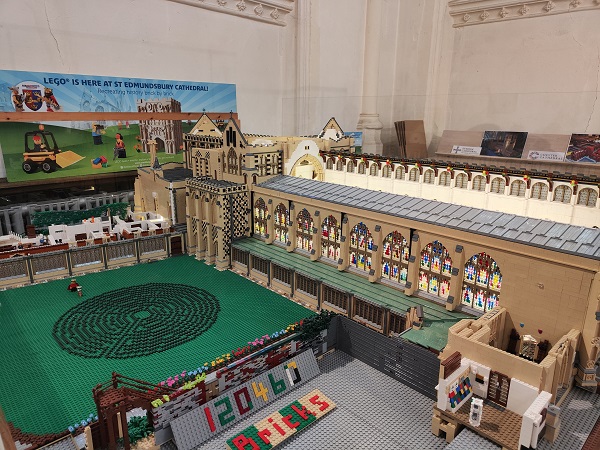**This post contains a sponsored link**
Whether you live in Bury St Edmunds or you’re simply visiting the town, you’ll no doubt be aware of its main attractions. When it comes to cheap family holidays, Bury St Edmunds has a lot to offer: from the beautiful Abbey Gardens (and the fun of feeding the squirrels!) to the Moyse’s Hall Museum, National Trust property Ickworth House, and much more.
If you’re looking for something a little different to explore, though, read on for seven unique and unusual Bury St Edmunds attractions…
1. A bench made from the wing of a US military plane
Inside the rose garden of the town’s Abbey Gardens, not far from the rose named after Bury St Edmunds itself, you’ll spot a bench that looks completely different from those surrounding it. This bench is made from the aluminium wing of a USAAF B17 Flying Fortress bomber and commemorates the US servicepeople of the town.
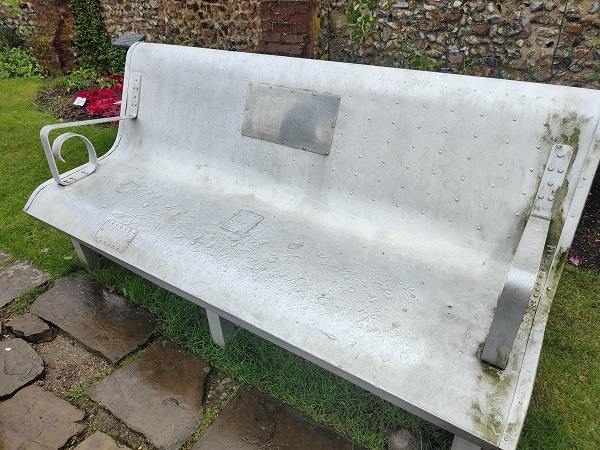
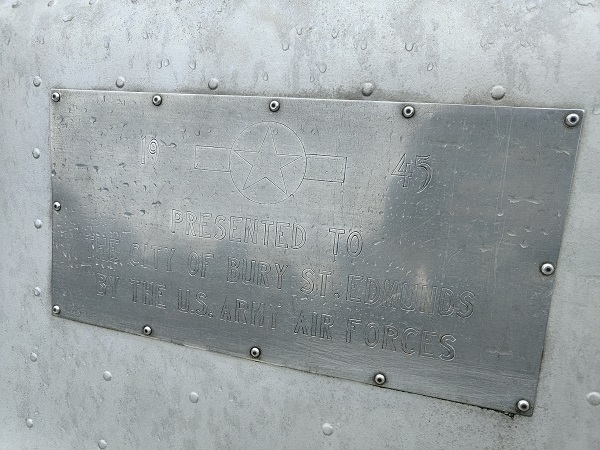
2. A historically-significant signpost
You’ll find this signpost, known as the “Pillar of Salt”, just outside the entrance to the Abbey Gardens on Angel Hill. Designed by architect Basil Oliver in 1935, it needed special permission to be constructed as its design did not meet the building regulations of the time.
It became Grade II-listed in 1998, and is thought to have been the first internally-illuminated road sign to have been built in the country.
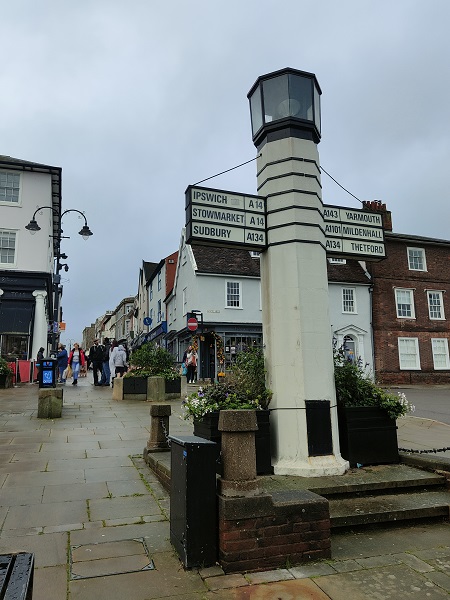
3. A hidden skull
Walk through the Abbey Gate towards the Abbey Gardens from town and turn immediately right. You’ll walk through a small archway and be faced with a green door directly in front of you…but what’s that hiding in among the flints?
Look carefully, and you’ll see what looks like a skull built into the wall above the door. Apparently it isn’t a real skull, though: it’s simply a piece of an old, broken gravestone that was used as building materials.
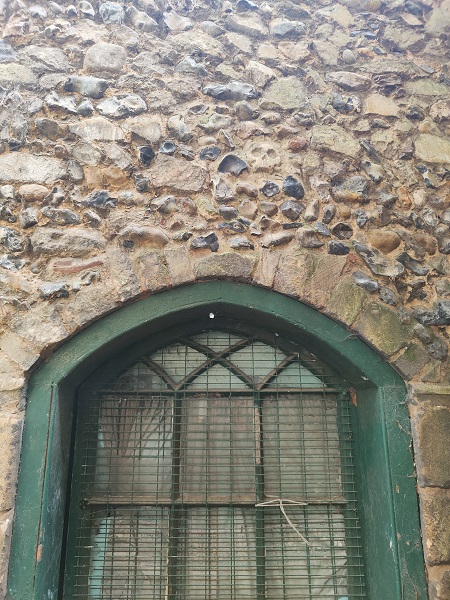
4. A sundial with a difference
As you come through the Abbey Gate into the Abbey Gardens, take the path to your right. Soon, you’ll reach this impressive sundial with a planter (formerly a drinking fountain) underneath.
This structure was a gift from the 3rd Marquess of Bristol – who owned the nearby Ickworth Estate – to Bury St Edmunds in 1871. The sundial is thought to be the earliest example in the country of one that allowed the town’s clocks to be set to GMT instead of the local mean time.
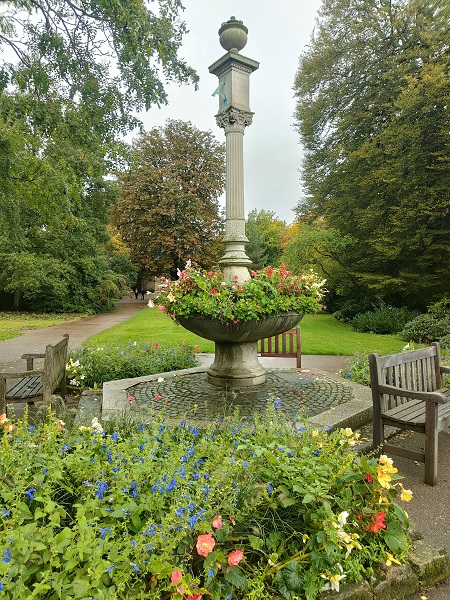
5. A tiny pub – with a dead cat
We all know the phrase, “in a nutshell”. In Bury St Edmunds, you can be “in the Nutshell”. This tiny pub has claimed to be the smallest in the country, although this is a claim that has been disputed by others. Measuring just 15ft by 7ft, its walls and ceiling are decorated with all sorts of curiosities…including the shrivelled body of a dead cat, suspended from the ceiling.
The cat’s body was discovered during building work in 1935, and is reported to be over 400 years old. If you’re claustrophobic, I’d advise simply peering through the windows. The pub can comfortably hold no more than 10-15 people – although in March 1984, 102 people (and a dog) managed to cram themselves inside.
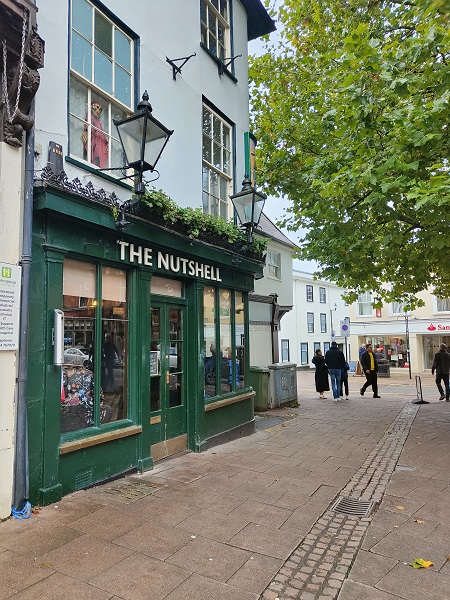
6. The grave of the “other” Mary Tudor
St Mary’s Church is worth a visit for its stained glass alone – but the simple grave of a French queen at the back of the church is an added attraction.
Henry VIII’s sister, Mary Tudor, had a brief spell as Queen of France. She married King Louis XII of France in October 1514, but he died just a few months later.
In the March of the following year she secretly married Charles Brandon, Duke of Suffolk and a friend of her brother’s. As the marriage took place without the consent of the King it was deemed an act of treason – but rather than being executed, Brandon and his new wife were asked to pay a hefty fine. They then married officially that May.
Mary died in Suffolk aged 37, and was buried at the Abbey of St Edmund. After the Abbey’s dissolution, her body was moved to its resting place in St Mary’s Church.
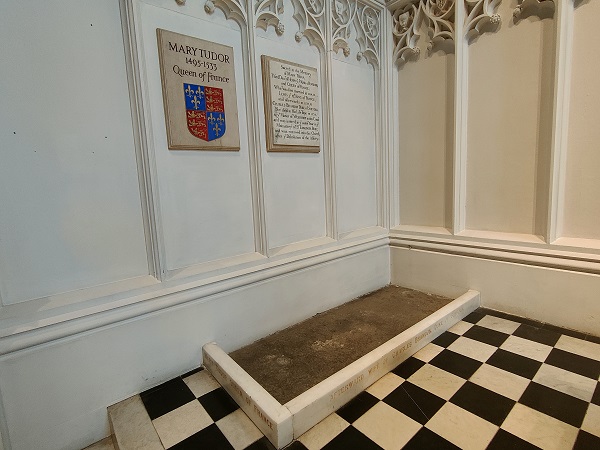
7. A Lego model of St Edmundsbury Cathedral
Like St Mary’s Church, St Edmundsbury Cathedral is worth a visit in its own right. However, Lego fans may want to visit specifically to see the replica of the Cathedral which is still a work in progress.
The build project began in 2016, with the ambitious aim of raising £200,000 for the Cathedral’s upkeep. Visitors can pay £1 to add a brick to the Cathedral – and there’s still a way to go. When we visited in October 2023, the brick count stood at 120,460 – find out more about the project here.
